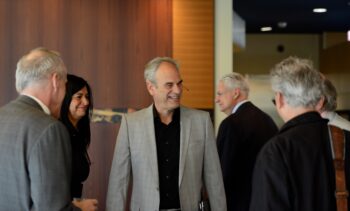
By Michael Ashcraft –
For decades, scientists sneered at Near Death Experiences – or NDEs – because they didn’t fit the empirical-evidence, materialistic model of “hard” science.
The trouble with that shrug-off is that there are so many NDEs and they are so varied it is hard to blame an overactive imagination, religious fanaticism and grand-standing for all of them. There are too many cases for science to objectively ignore.
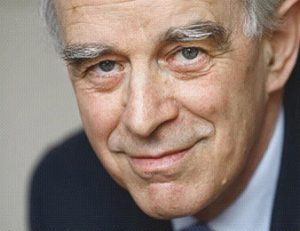
A $5.1 million grant to the University of California Riverside now is validating topics that Christians have harkened to keenly for decades: eyewitness accounts of existence beyond the stopped heartbeat.
“Given that NDEs have been reported throughout history and across cultures, and because they appear to be a portal to a beautiful immortality, they are of tremendous interest throughout history and currently,” says UCR’s Philosophy Professor John Martin Fischer, who administers the grant.
Professor Fischer’s work surveys and consolidates all credible accounts of NDE. He cites Dutch Cardiologist Pim van Lommel, who after listening to patients relate their experiences after being resuscitated from cardiac arrest, compiled accounts for 26 years and organized them in a systematic way.
“Van Lommel has observed that (the people who experience) NDEs have significant transformational effects,” Fischer says on a 2018 Univ. of California, Riverside video. “These individuals have less death anxiety and are more spiritual. They appreciate relationships more, spending more time with family, friends and relatives.
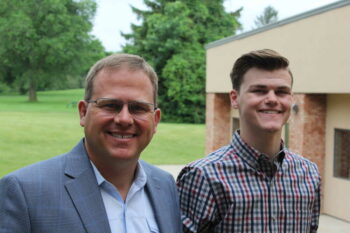
“They are also more compassionate and more attuned to morality and justice,” he adds. “The transformations are often profound.”
Fischer’s work is significant to the Christian community not because every account fits nicely into Biblical orthodoxy (some do, some don’t), but because his academic rigor brings scientific backing to the simple notion of an afterlife.
After all, if it can be established that humans enter eternity, then one can debate about which faith has the correct version.
Not everyone who comes back from death tells the same story; some remember nothing. But most share these elements: an out-of-body experience, a guided journey, unconditional love and acceptance, a dark tunnel with a light at the end, a life review and a reformed life for the person revived from death, Fischer says.
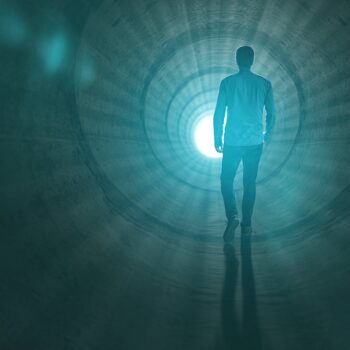 Most NDEs describe a paradise environment, if not exactly the Bible’s Heaven. But roughly 10% are not positive experiences – something like Hell, Fischer states. The real number of negative NDEs may be larger because of the shame associated with telling others that you were judged unworthy to go to the Good Place, he adds.
Most NDEs describe a paradise environment, if not exactly the Bible’s Heaven. But roughly 10% are not positive experiences – something like Hell, Fischer states. The real number of negative NDEs may be larger because of the shame associated with telling others that you were judged unworthy to go to the Good Place, he adds.
Most NDEs tell of unverifiable events, but extraordinarily others relate conversations between doctors and nurses when medically the patient had flatlined and scientifically was unconscious and dead, Fischer says.
“The fact that these NDEs can be checked against the facts and have very similar content at least suggest that the NDEs that cannot be independently corroborated must be taken seriously,” Fischer says.
Dr. Eben Alexander, a neurosurgeon, wrote about his experiences being “in a beautiful and incredible dream world that wasn’t a dream” in his book, Proof of Heaven, which sold three million copies.
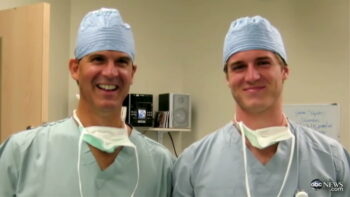
Dr. Alexander was in a coma at the time as he flew around with his sister on the wing of a butterfly in an intricately designed surface with indescribable colors and millions of butterflies “more real than the chair I sit in, more real than the log in the fireplace,” Alexander says.
Fischer in his presentation also referenced Colton Burpo, the four-year-old who died and met the Trinity in Heaven and even a miscarried sister, of whom he had no knowledge until he told his parents after he recovered from the surgery.
“There’s lots and lots of reports and it’s often difficult to explain them in a naturalistic way,” Fischer says. “The experiences are remarkable in their universality and at least appear to be a portal to an afterlife, another realm, usually a peaceful Heavenly realm.”
Fischer personally offers a “naturalistic way of explaining” NDEs without reality beyond human measure and comprehension. He postulates that the uniquely-human story-telling and explanation drive the imagination and re-telling of NDEs.
But he acknowledges that among most academics, “supernaturalism is probably the predominant view.”
“Human beings are deeply afraid of death and we yearn for immortality,” he says.
“Religion offers the prospect of immortality. Near Death Experiences are significant mainly because they seem to point to the possibility of an afterlife.”
If you want to know more about a personal relationship with God, go here
Reporter Michael Ashcraft is also a financial professional based in Los Angeles.




[…] “There’s lots and lots of reports and it’s often difficult to explain them in a naturalistic way,” Fischer says. “The experiences are remarkable in their universality and at least appear to be a portal to an afterlife, another realm, usually a peaceful Heavenly realm.” Read the rest: the science of NDEs […]
Comments are closed.